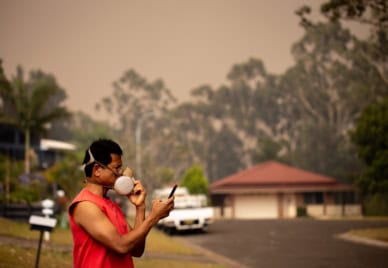
Aggregating and Integrating Data on Health Outcomes Associated with Bushfires at a National Scale
Exploreabout Aggregating and Integrating Data on Health Outcomes Associated with Bushfires at a National Scale
Marine imagery and annotation data on fish and shark assemblages provide powerful biodiversity reporting and impactful science communication.
Established through GlobalArchive, The Australian Baited Remote Underwater Video (BRUV) Synthesis data asset has the potential to contribute the type of data used to illustrate climate change impacts, reveal environmental change within marine parks, and indicate pathways to maximise bio-economic management globally. However, more data is needed.
The project has created transformational data analytics and environmental reporting workflows. It achieved this by:
Use CheckEM. The open-source web-based Shiny app provides quality control assessments on metadata and image annotations of fish stereo-imagery. It can:
CheckEM is also available as an R package and comes with a number of user guides. Access these on the CheckEM GitHub website.
This project ensures the future growth of the Australian BRUV synthesis data asset. This data asset has been identified as a critical component for the sustained monitoring of federal, state and territory marine park or reserve networks, where stereo-BRUVs are a key tool for the non-destructive monitoring of fish assemblages across a range of water depths.
Gibbons B, Spencer C, Langlois T (2024). CheckEM: An R package and Shiny App for Formatting, Checking, Visualising and Analysing Stereo-Video Annotation Data. R package version 1.0, https://globalarchivemanual.github.io/CheckEM/.
Researchers, research organisations and government agencies will benefit from: